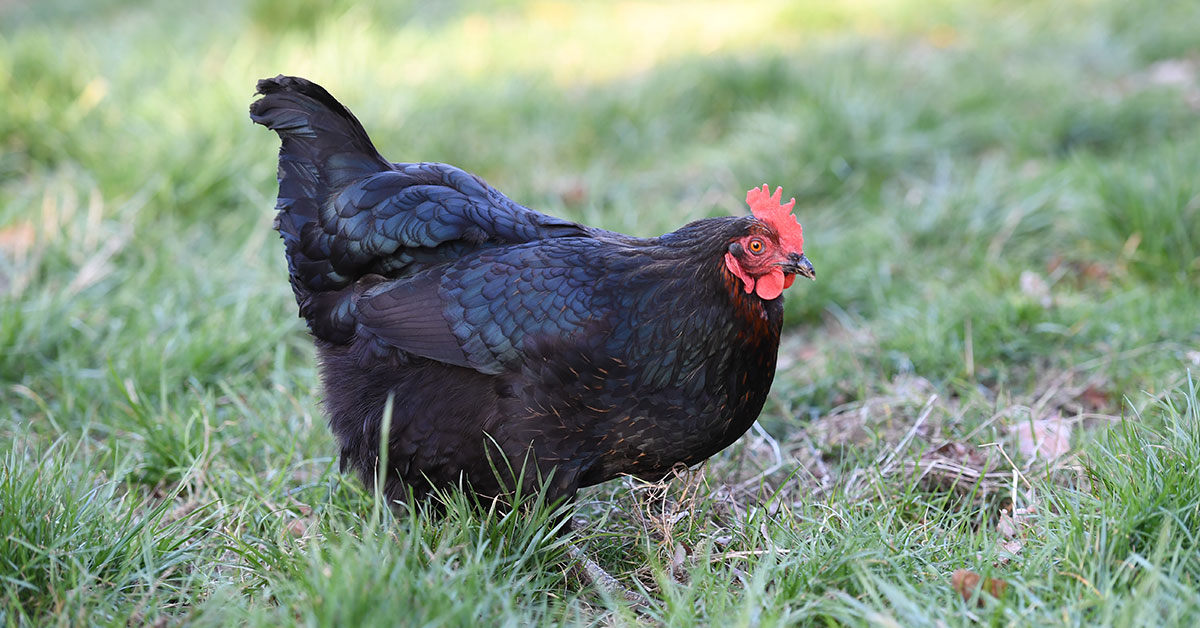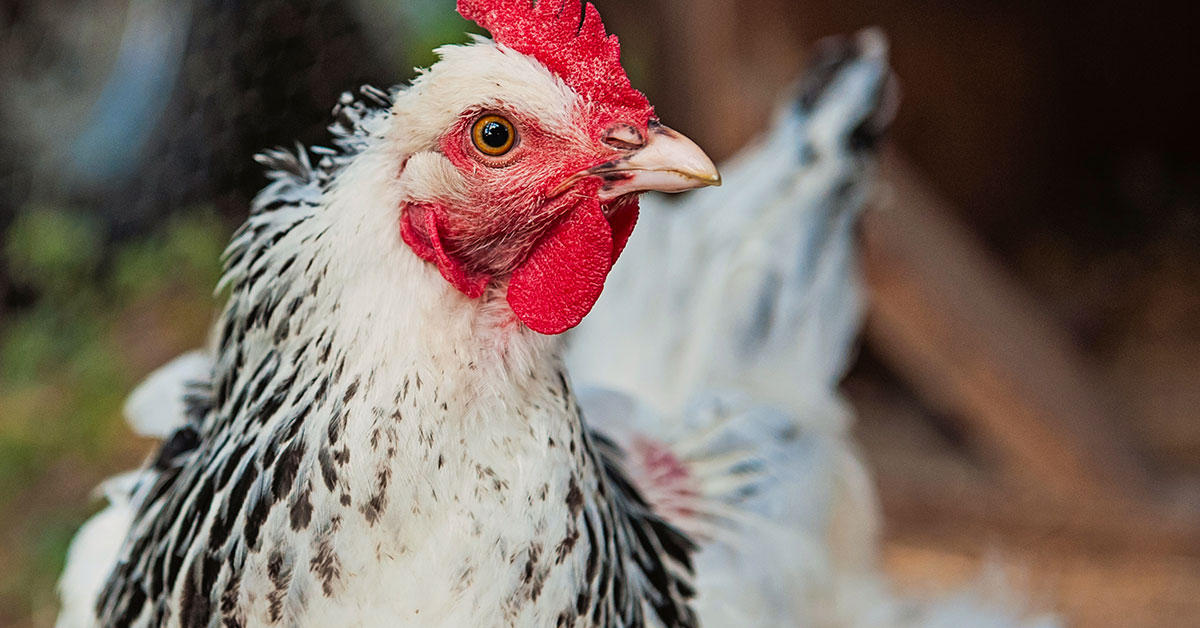The Pekin duck, sometimes called the American Pekin duck or the Long Island duck is a large breed of duck popular among duck raisers. They’re a reliable breed, docile and productive, and very easy to keep. They’re known for their large, white eggs, stunning bright white feathers, and loud quacks. I’ve kept Pekin ducks for years and can attest that they are a solid addition to any flock of poultry, whether you’re in town or in the country.
Before picking up Pekin ducklings, let’s talk about caring for these large, beautiful birds.
All about the Pekin Duck
The Pekin duck is a solid breed of duck to add to your existing flock or start a new flock. They are an easy bird to raise that grows fast and produces large eggs and delicious meat. These are the fast facts about this wonderful breed of duck:
- Latin name: Anas platyrhynchos domesticus
- Other names: American Pekin, White Pekin, Long Island Duck
- Appearance: Yellow ducklings, adults are large with white feathers, orange or pink bill, and orange feet
- Origin: Long Island, New York
- Temperament: Docile, skittish
- Drake behavior: Calm
- Noise: Noisey
- Purpose: Meat, eggs
- Eggs per year: 200 to 300
- Egg color: White
- Size: Large, 90-100 grams
- Hen weight: 7-9 pounds
- Drake weight: 8-10 pounds
- Broody: Somewhat
- Lifespan: 8 to 12 years
- APA Recognized: Yes
Pekin ducks are a large breed of duck with bright white feathers, orange or pink bills, and orange feet. They were originally bred from a Chinese mallard in the Long Island, New York area, giving it the name Long Island Duck to some. It is a docile and calm breed of chicken that can be somewhat skittish. Males produce a quiet, raspy quack while females can produce very loud ‘calling’ quacks.
These ducks are good for both meat and eggs, with hens laying large, 90-100 gram eggs and weighing 7-9 pounds when fully grown. Drakes grow slightly larger than hens, usually weighing 8 to 10 pounds. Pekin hens will sometimes select a nesting spot and lay eggs there, but they are not the best sitters. Attempts to breed your Pekin ducks are best left to an artificial incubator, not a broody hen. That said, hens do sometimes hatch their own eggs. Your mileage may vary.
Pekin ducks are a commitment, living for up to 12 years on average. Definitely don’t get a duck on a whim! Do your research and prepare for a long-term pet.
Pekin Duck Temperament
Pekin ducks are docile but not often friendly. They can become quite attached to their human counterparts as well as other members of the flock but have a clear tendency toward skittishness and independence. Drakes seem more likely to be friendly than hens, at least in my experience. Pekin drakes are typically not aggressive toward other animals in the barnyard. Pekin ducks are a good addition to a backyard flock if you have young children or other pets.
Purpose
Pekin ducks were bred for both meat and egg production. These birds grow to 7 to 10 pounds, depending on sex, and lay large, 90-100 gram eggs. Like the Khaki Campbell duck, they are a prolific egg-laying breed of duck, laying 200-300 eggs per year. They are also bred to be docile companions, making them ideal pet poultry for families and individuals alike. Pekin ducks grow very quickly and are ready for butchering at 7 weeks. Hens will begin laying their large, white eggs at about 5 to 7 months of age.
Appearance
Pekin ducks are a large breed of duck with uniform, bright white feathers. They have orange or pink bills and orange-colored feet. Male Pekin drakes have a signature drake feather on their tail that curls upward. Females lack this feather. Drakes have a raspy quack while females have a much louder ‘calling’ quack.
Can Pekin Ducks fly?
In short, no: Pekins ducks can’t fly. Although they do have large wings, this duck is bred to have larger, heavier bodies than other breeds of more flight-worthy duck, which makes it next to impossible for them to lift off the ground with their wings. They are happy to swim, waddle, and forage for food on the ground, but leave flying to much lighter birds. In the 5 years I’ve kept Pekins, I have not seen one get so much as an inch of lift off the ground from attempts at flying. You will not have Pekin ducks fly away on you, and in fact, they tend to stick very very close to their duck house.
Coop and run
Like all poultry you would keep at home, ducks need shelter. Your duck house can be of a similar design to a chicken coop. Duck houses do not need roosting bars, as ducks don’t roost the way chickens do. Your duck house should provide adequate shelter and security from predators and be warm and dry. Your duck house should provide 3 to 5 square feet of space per duck.
Your duck pen, or run, should provide about 15 square feet of space per duck. So if you have 10 ducks, expect to need a 10×15 foot pen for them.
Common problems with Pekin Ducks
Some variation of the Pekin duck has been around for more than 2,000 years. They have been bred to be large, hardy, healthy birds. They don’t seem to have any major health problems specific to their breed. They can experience other health issues common among ducks, like nasal infections and parasitic infections. These are all quite treatable. Although they are large, they don’t tend to experience mobility issues very frequently. Their size prevents flight.
The most common problem poultry enthusiasts have with this duck is its noise. Male Pekin drakes produce a raspy, quiet quack, but female Pekin ducks have a loud, piercing, noisy ‘call’ quack that they emit when alarmed or just randomly. Pekin ducks that are upset by something in the middle of the night will emit a loud calling quack which can be disruptive in urban neighborhood settings.
What to feed Pekin ducks
Pekin duckling should be fed a duck-specific starter feed with a minimum of 18% protein. Adult Pekin ducks after week 10 can be transitioned to a standard chicken layer feed. Pekin ducks will gladly forage for snacks, but love being provided fresh leafy greens, bugs, peas, and corn. You can make your ducks extra happy by foraging for snails, slugs, and worms. They’ll go bananas!
Breeding Pekin Ducks
Pekin ducks do sometimes make nests and try to sit on their eggs but are not often successful. If you want to attempt natural incubation, you can certainly try – there’s very little to lose. But artificial incubation is your best bet for getting adorable little yellow Pekin ducklings. Pekin ducks incubate for around 28 days, hatching sometime between the 27th and 30th day on average. They incubate at 37.5°C (99.5°F) and require a relative humidity of 55%, or 84.5°F if you use a wet-bulb thermometer.
Read More: How To Incubate And Hatch Duck Eggs
History of the Pekin Duck
The Pekin duck is a mallard type of duck derived from Chinese breeding stock. There are a few varieties of the Pekin duck, including an American Pekin and a German Pekin, which are separate breeds that come from the same Chinese breeding stock. The original mallard from which the American and German Pekins were bred was domesticated 3,000 years ago, and possibly earlier.
In China, this mallard was named shi-chin-ya-tze, which translates to ’10 pound duck.’ In 1872, a resident of Stonington, Connecticut collected 15 of these Chinese mallards and shipped them to the United States. Of those 15 birds, only 4 made it to their final destination in the United States, but those 4 birds were the foundation of the American Pekin duck. By 1874, the Pekin duck was made available for commercial purchase.
The Chinese mallard was important to the United Kingdom in 1872 and shortly after made it to Germany, where the German Pekin duck was established as a breed.
Keep Reading: Duck Eggs vs Chicken Eggs: Which Is Better?













